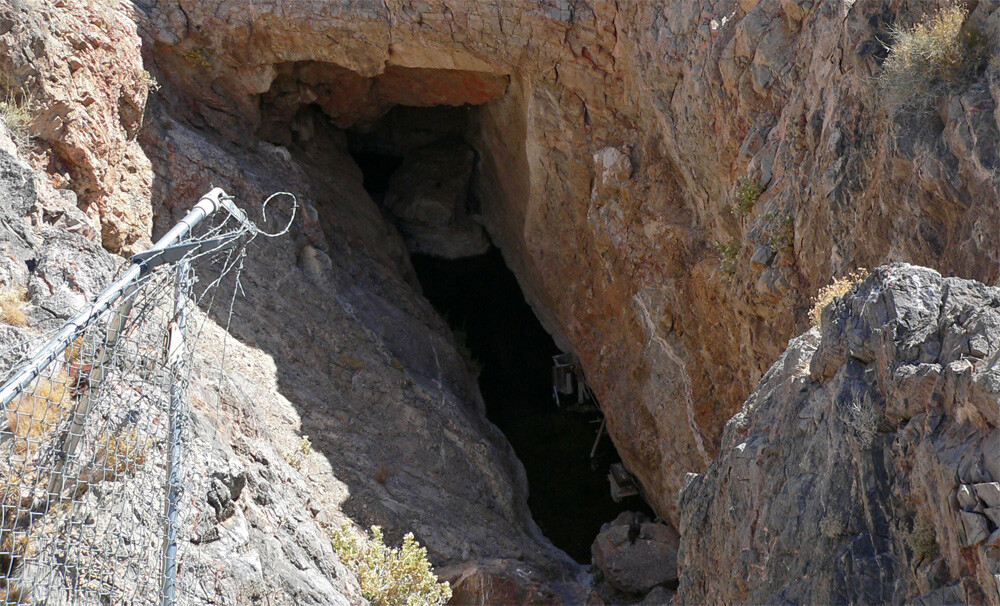One underrated advantage of being human is you can go wherever you like. You can survive just about any spot on Earth (sometimes with the help of protective equipment). You can also reach just about any spot on Earth (usually with the help of vehicles). If you dedicate your life to it, you can even leave the planet altogether, and maybe we can travel much farther than that as well, once we figure wormholes out.
The Fish in a Hole
Don’t Miss
In Death Valley, there’s this little crack in the ground that we call Devils Hole. If it were larger, maybe we’d have some more formal name for whatever geological feature this is, but it’s really just a hole, with a pool of water in it. It’s as wide as a small backyard swimming pool and three times as long.
Inside the water there lives the Devils Hole pupfish. Depending on what time of the year it is, there may be a hundred of these fish there, maybe two hundred. That means the species is critically endangered because that’s also the total number of the fish that live anywhere.
We’ve tried moving and cultivating the fish elsewhere, so that the whole species can’t get wiped out by a slight change in the water level or single tremor in the ground. We tried moving some to other springs so they’d reproduce there, or sticking a bunch in a tank. They didn’t last there. Not for long at least.
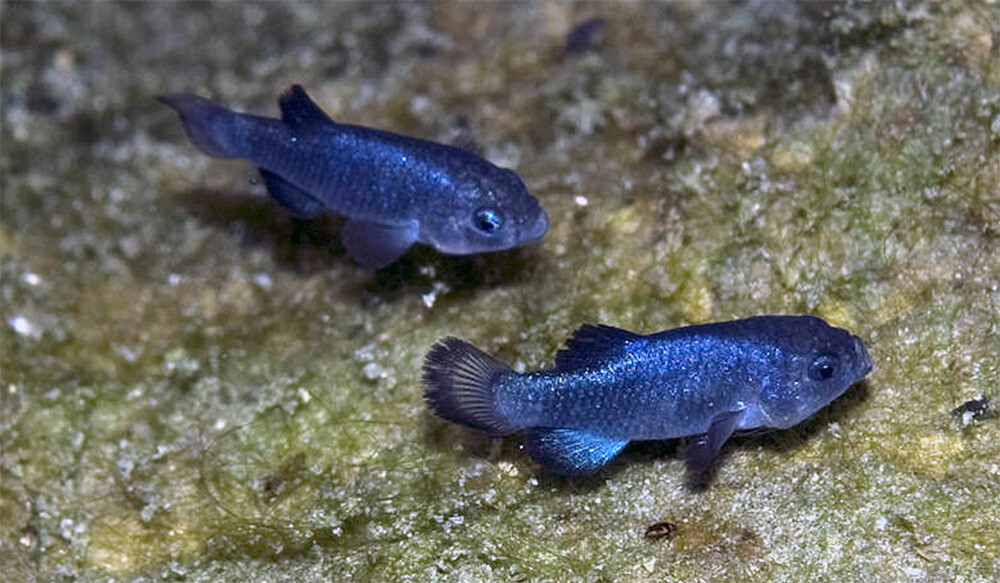
Some people resent the amount of money and effort that goes into protecting the inhabitants of this tiny pool. In 2016, a trio of dudes broke past the protective barriers around it (using a shotgun), jumped in the pool, vomited in the water and left a dirty pair of underwear behind. We don’t know how many fish died that day, but it was definitely at least one, and for a single stream of vomit to wipe out a whole percent of a species is impressive indeed.
The Stranded Squirrel
We don’t think the Grand Canyon existed six million years ago. But squirrels existed, including the Abert’s squirrel, which was named, of course, after some guy named Abert. Then the canyon popped into place, thank to the Colorado River flowing and the land moving around. After a few million years, some squirrels found themselves north of the canyon, while others found themselves south.
The south squirrels are the Abert squirrel and have a wide presence in the world, including in Mexico and in the Southwest of the U.S. The north squirrels, however, became their own species. They’re called Kaibab squirrels because they’re stuck on that bit north of the canyon, the Kaibab plateau.
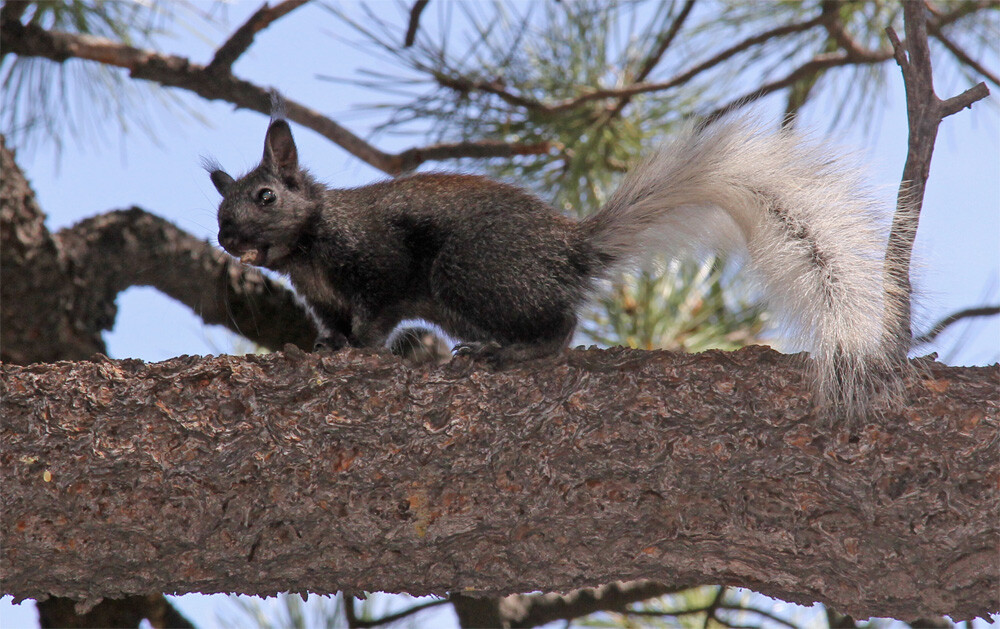
It can’t move north because the north is the desert. It can’t move south because the south is the canyon — and while it can physically descend that way easily enough, the climate in the canyon is just as inhospitable for this narrowly evolved squirrel as the desert is.
So, it’s trapped there. Luckily, it doesn’t want to go anywhere else, as far as we know. The Kaibab plateau has all the acorns and fruit it wants.
The ManhattAnt
The ant Lasius emarginatus lives in many different places, if the countries of Europe count as “places.” But if we step outside Europe (as well as the connected neck of Asia where the ant also lives), its habitat suddenly becomes very small. In the Americas, we spotted it in just New York City. Smaller than that: We saw it just in Manhattan. In 2012, we noted its distribution as between 63rd and 76th streets in Manhattan, though it’s been expanding every year since then.

People in Manhattan dubbed it the ManhattAnt. Which prompts the question: “Wait, were there no ants in Manhattan before they discovered this one?” There were — dozens of species of ants — but people tended not to notice them since the bugs stayed in parks or otherwise at ground level. The ManhattAnt, in contrast, adapted to the borough’s verticality, making its way into apartments 25 stories high.
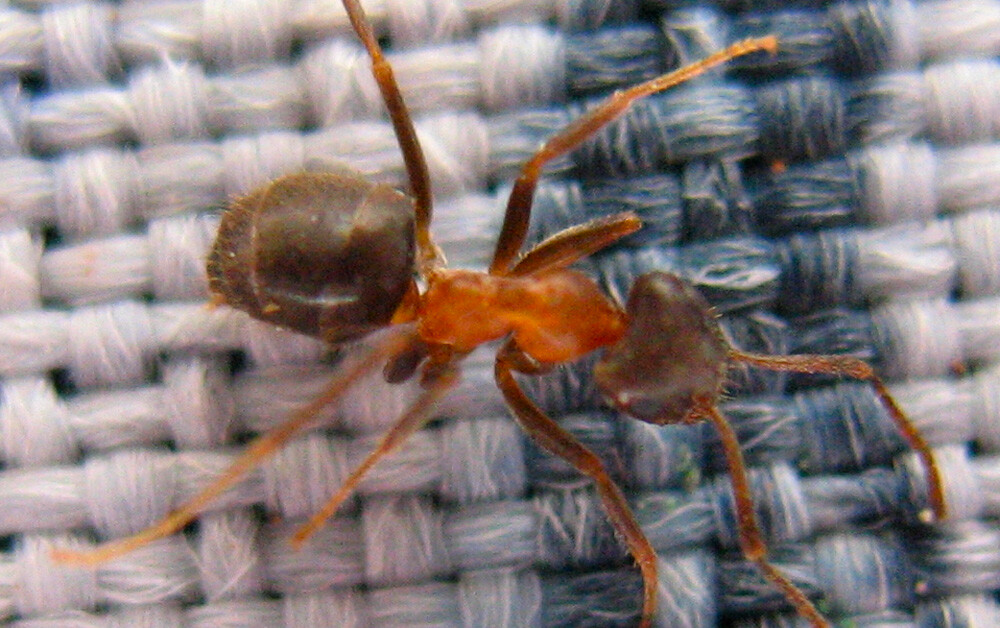
Apartment dwellers who previously felt very comfortable leaving bowls of cookie crumbs on every surface suddenly became aware of and embarrassed by the kind of slobs they are. But the ManhattAnt doesn’t really eat crumbs or other human foods. It just eats other bugs. That means there were always bugs in your high-rise, folks. Some bugs are just better at hiding.
The Devil’s Cigar
One aspect of the ManhattAnt that’s not a mystery is how it got to New York from Europe. Humans must have accidentally brought it, by ship. This next bicontinental wanderer is weirder.
Chorioactis geaster is a fungus known as the Texas star in America, because we only see it in Texas, in just seven of the state’s 250-plus counties. It’s also known as the devil’s cigar (we keep associating these lone species with devils, for some reason), while in Japan, they call it kirinomitake. They have a name for it in Japan because it exists in Japan, in just two of Japan’s 47 prefectures. It’s in those parts of Texas and Japan, and nowhere else.
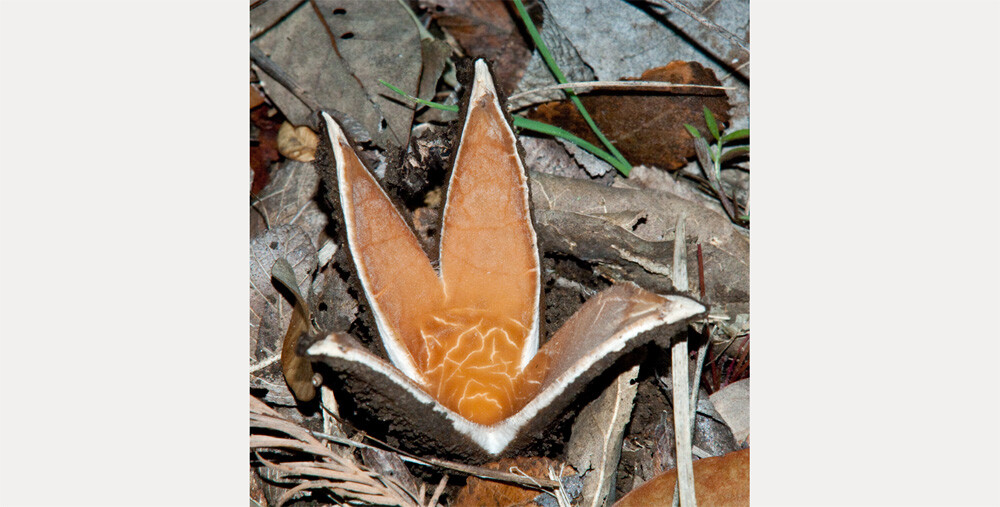
So, did someone take a boat from Japan to those Texas counties? Highly unlikely, and not just because those Texas counties are landlocked. The fungus can’t have come that way because it has grown in both those disparate spots for 19 million years.
The spots where it grows in Texas and Japan happen to be at approximately the same latitude, which seems to mean something, though we have no idea what. We suppose some ancient albatross picked up a devil’s cigar from Japan and flew 7,000 miles east without stopping. Then it landed in Texas, which was fortunate, because thanks to it, Texas now has a state mushroom.
The Blind Airbreather
In the Simpsons episode “Homer the Great,” a secret society known as the Stonecutters sing about all the parts of the world they control. The funniest boast comes in the second-to-last line: “Who robs cavefish of their sight?” We do, say the Stonecutters.
This joke assumes you already know that some cavefish are blind, which is a fairly esoteric piece of animal trivia. It’s true. While some cavefish can see (the Devils Hole pupfish can see), others live in complete darkness, so they have no functioning eyes, and their eyes would be useless even if they worked.
Take Clarias cavernicola, the blind cave catfish. Much like that pupfish friend of ours, it has only 200 or so specimens and lives entirely in one cavern, this one the Aigamas cave in Namibia. It feeds mostly on algae and also on bat guano that falls in the water or sticks to the side of the caves.
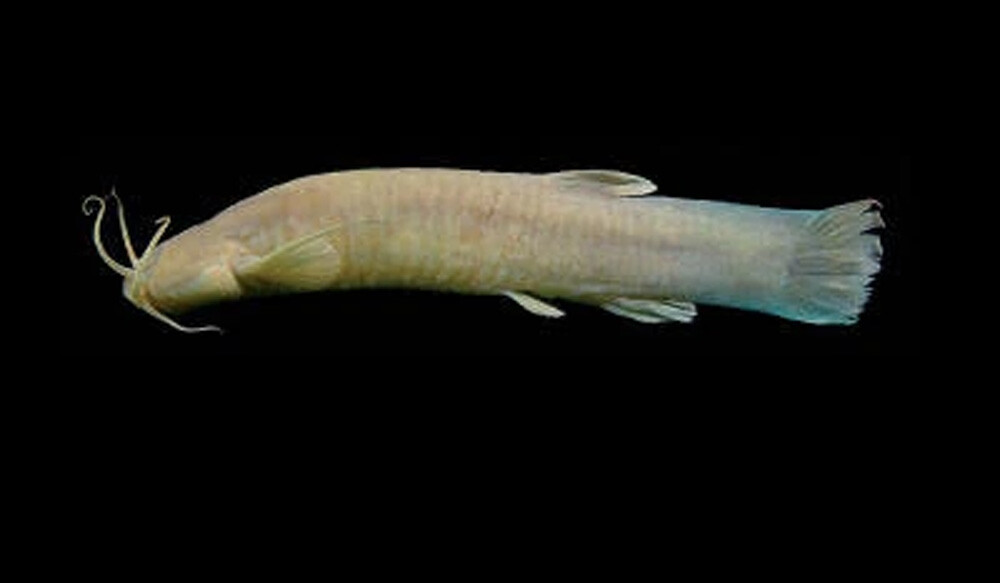
And how, you might ask, does it eat guano off the sides of the cave, when the fish is stuck in the water? It climbs up the sides of the cave, because it’s able to do that. And how does it survive once out of the water, since it’s a fish and is supposed to just breathe through its gills? By breathing the air, because it’s able to do that, too.
This is clearly an animal capable of adapting and overcoming. It would move out of that cave and take over, if someone wasn’t working behind-the-scenes to hold it back.
Follow Ryan Menezes on Twitter for more stuff no one should see.

